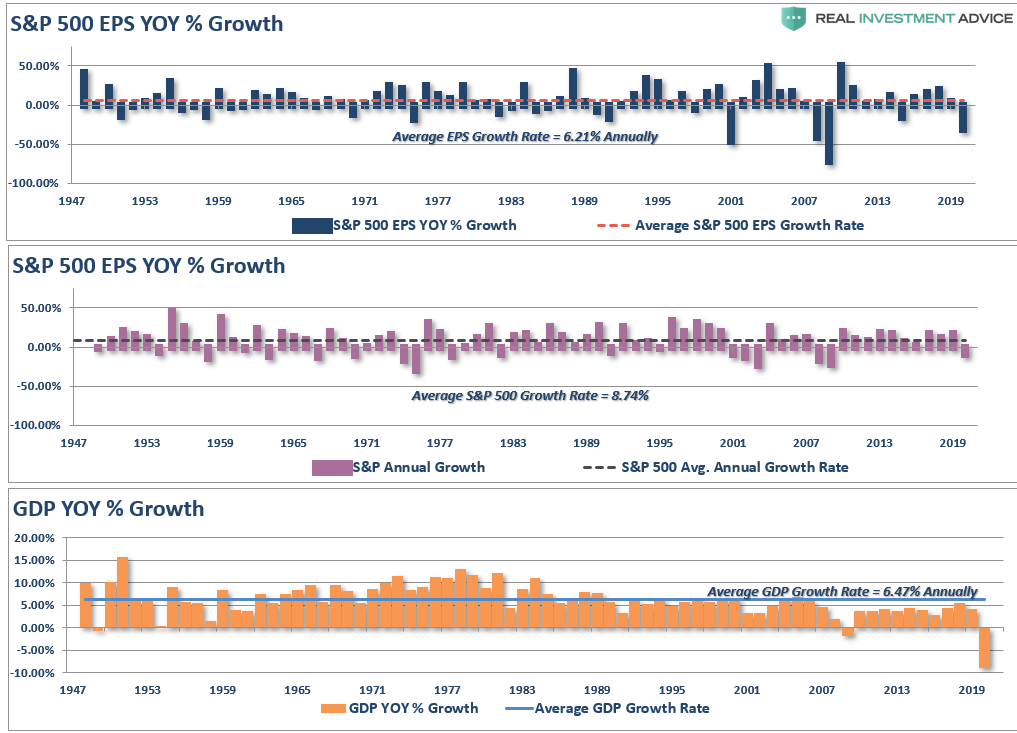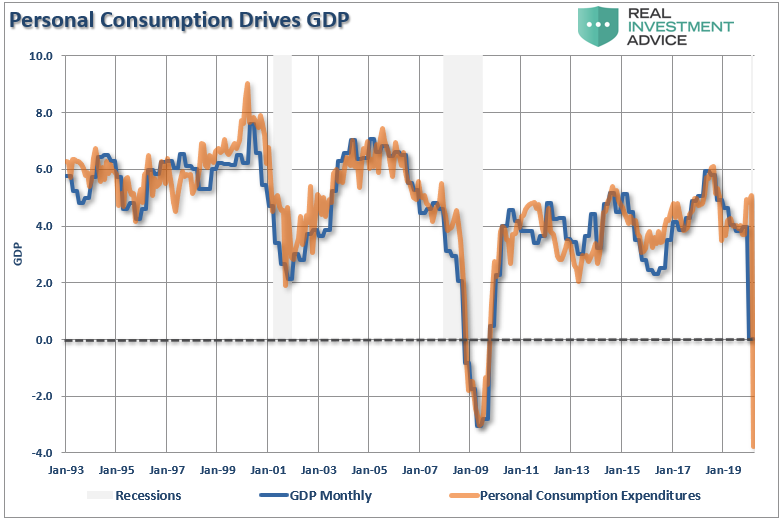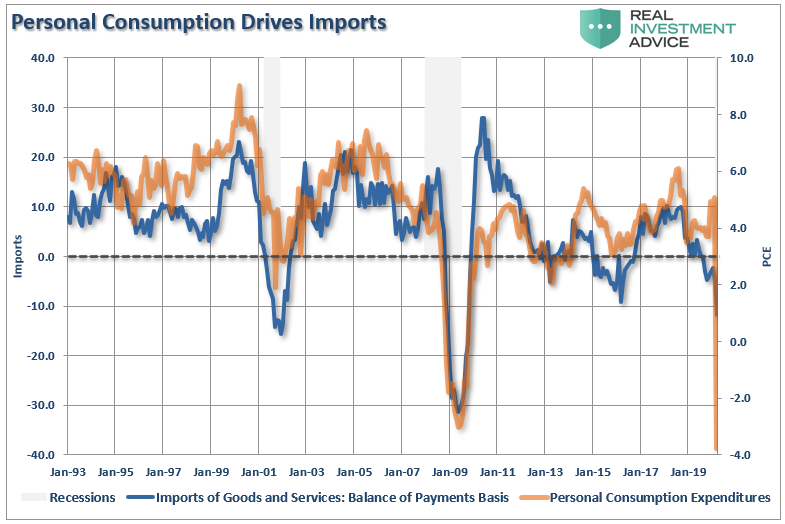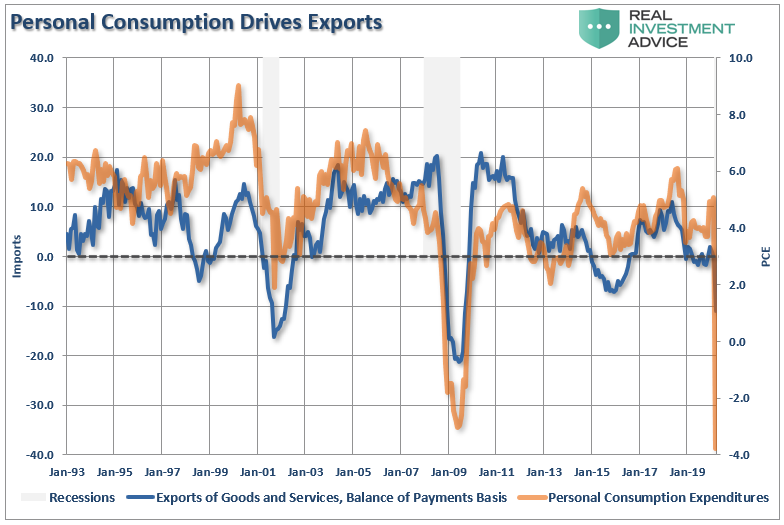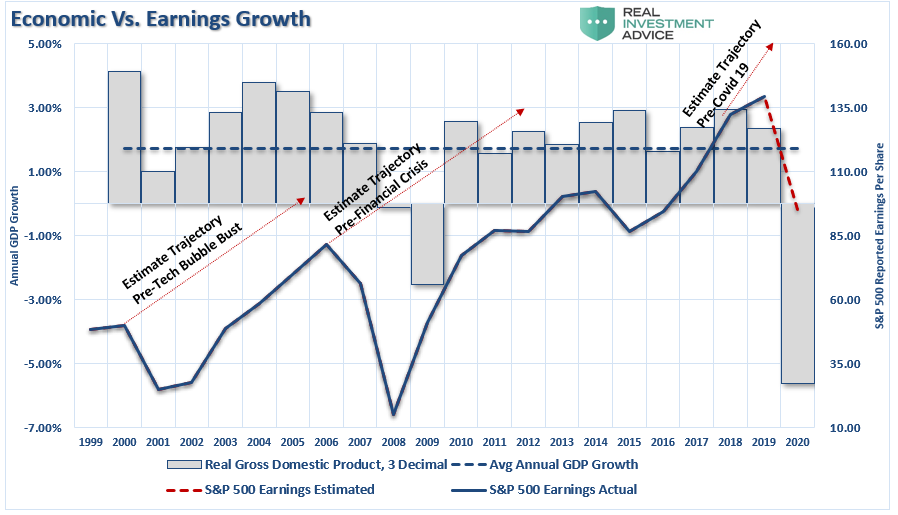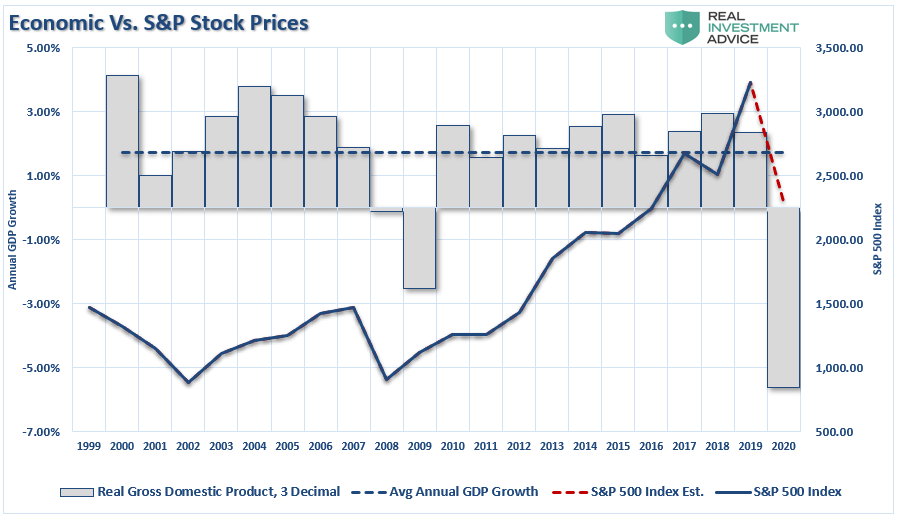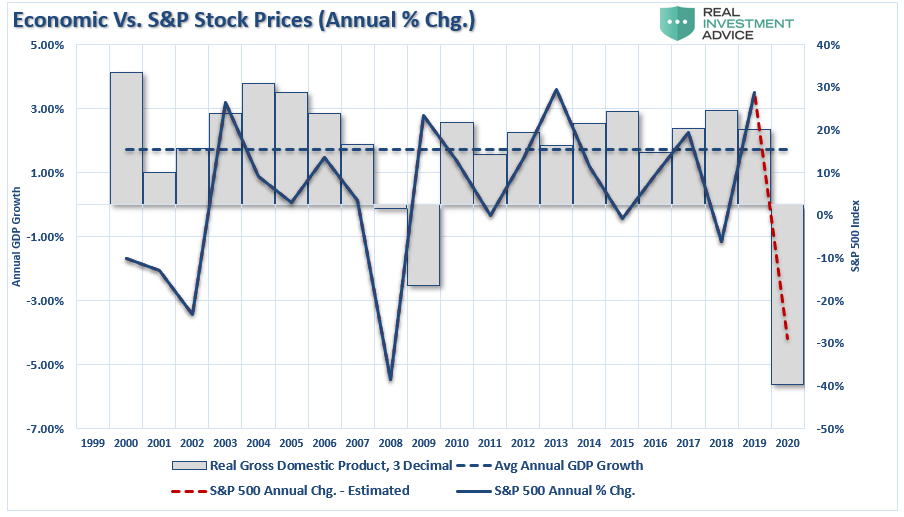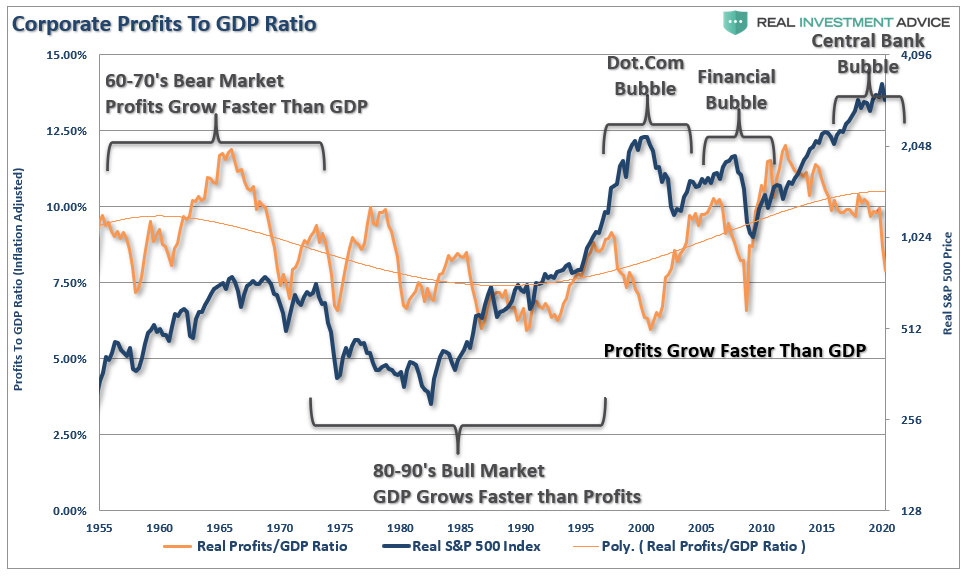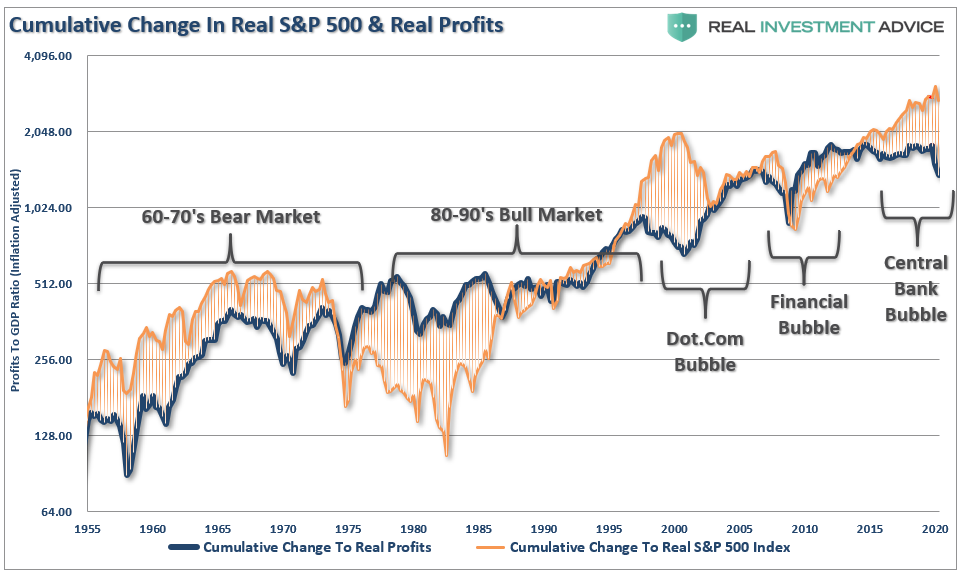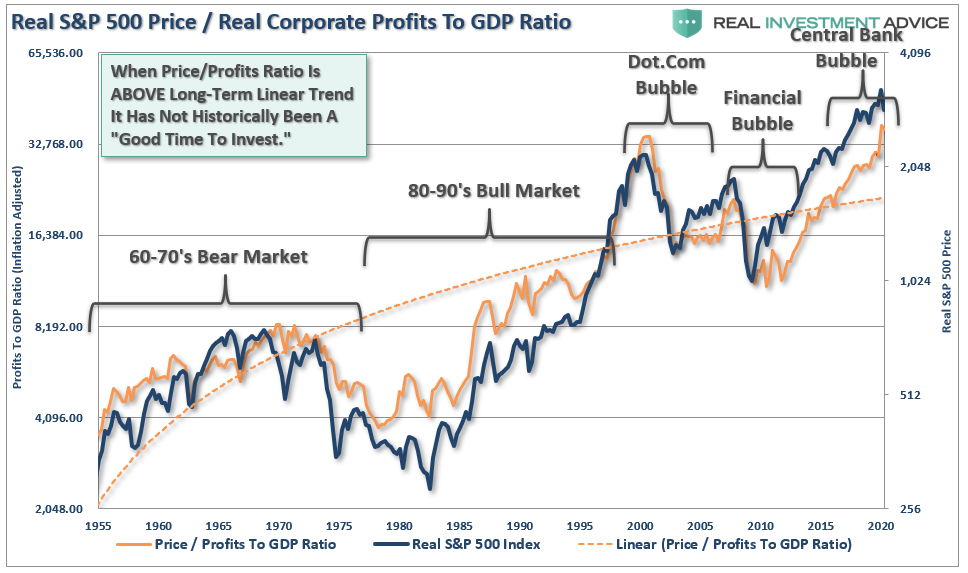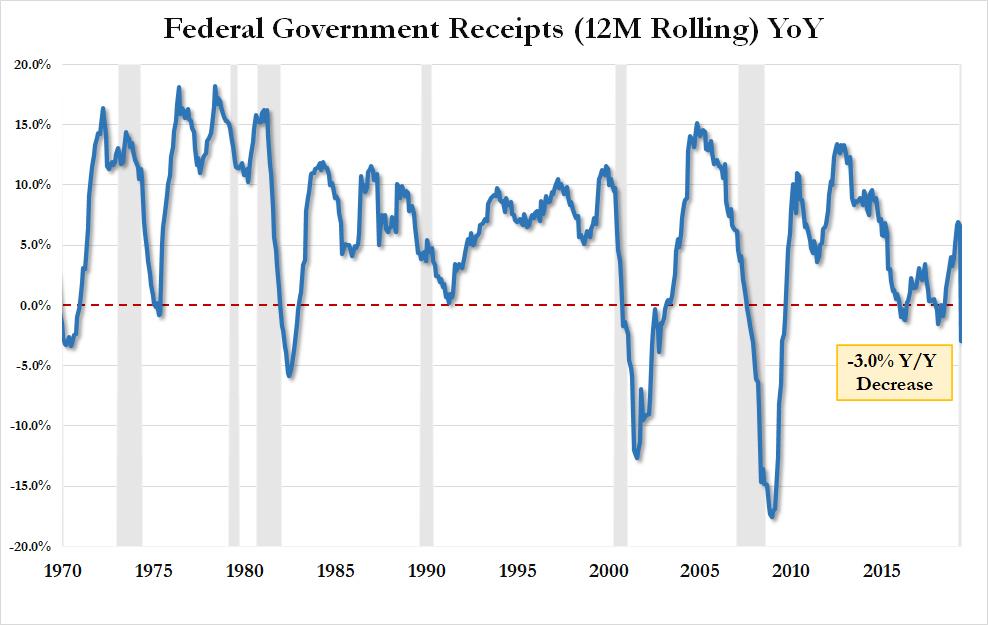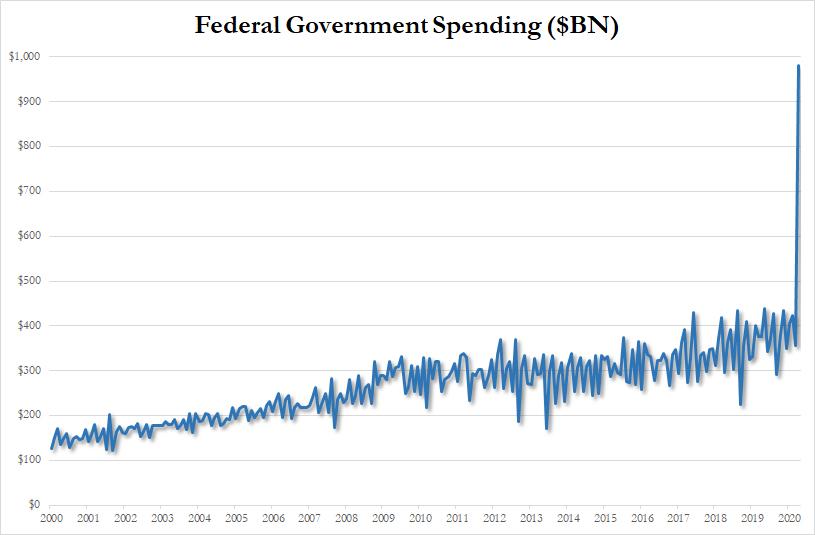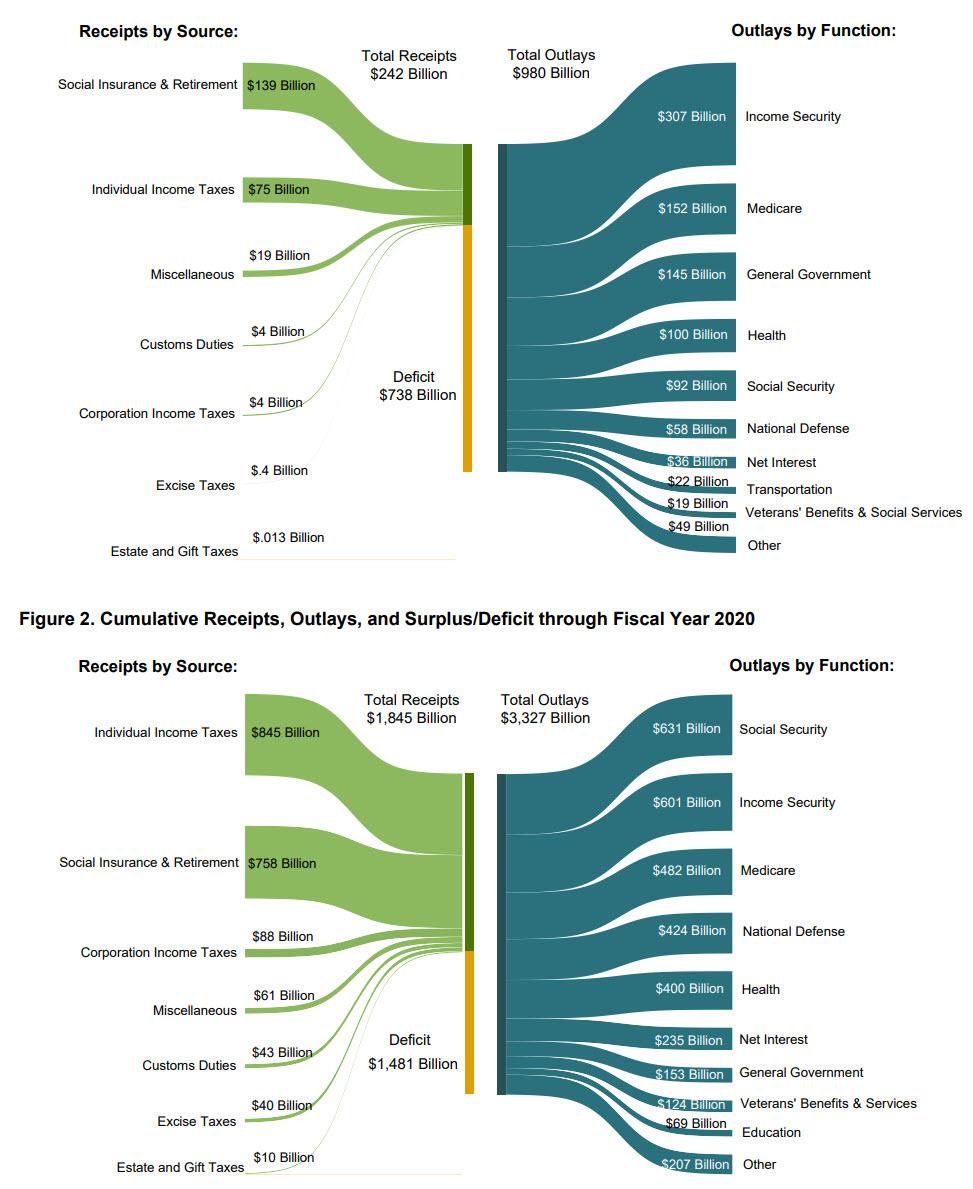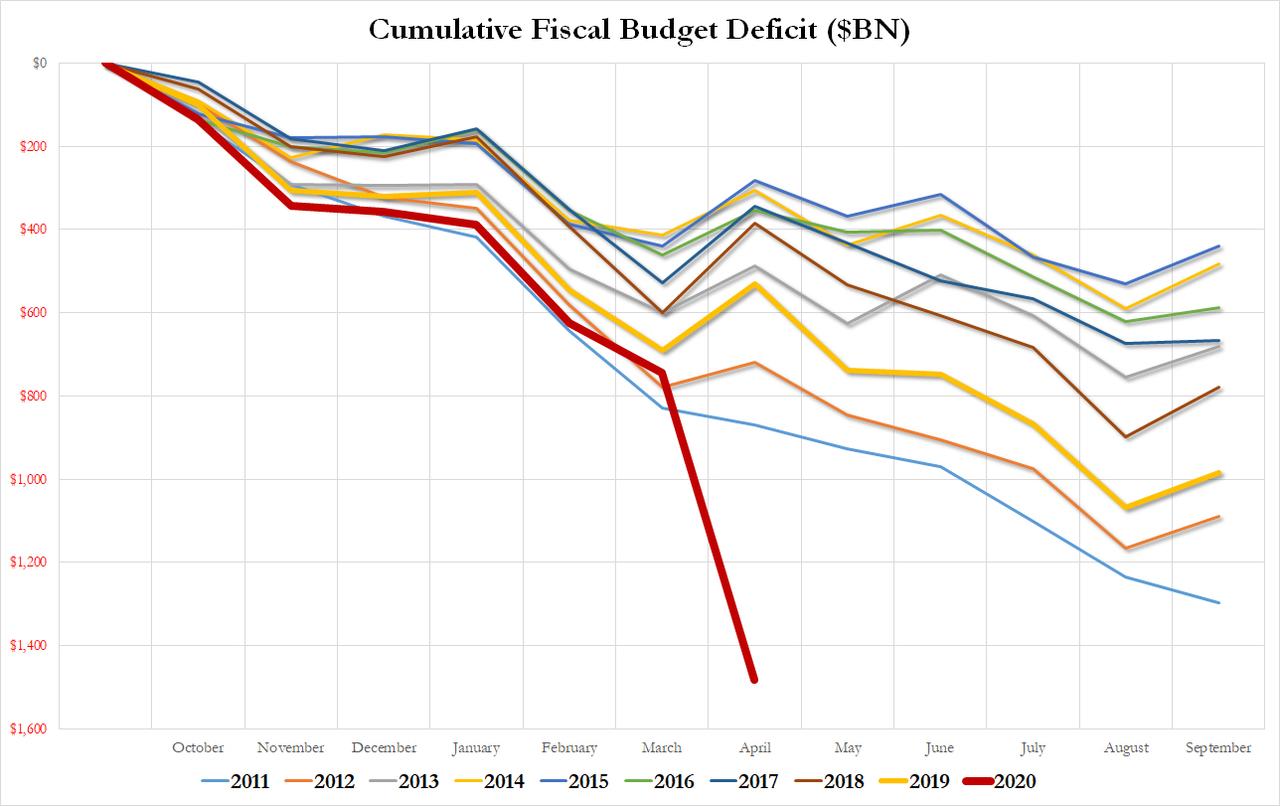By now you’ve probably met Karen, sister to Becky, mother to Chad, and wife to a moderately successful businessman—probably a consultant—whose name is not important. She lives, she laughs, and she loves, and she has the wall art to match! Her “facts” don’t care about your feelings, and neither do her passive aggressive Facebook posts. She wants to speak to the manager.
But what happens when Karen is the manager?
Sen. Josh Hawley (R–Mo.) may just be that Karen. Trade in those Facebook posts for a Twitter feed, and I think we have a match.
The junior senator from Missouri landed in Congress in 2019 after running what some would call a conventional libertarian-conservative campaign. But his brief tenure on Capitol Hill has been much more in keeping with the current political moment, meaning that it has been almost exclusively defined by his tech-averse brand of populism.
Hawley has used his perch in Senate hearings to speak to many a manager, employing a familiar take-no-prisoners approach that is more suited to political promo materials than to getting answers to questions. That’s because the answers to those questions aren’t as important as the performative, public interrogation. Does Karen usually care about what the manager has to say? Not really.
So it has gone with Hawley, who has continuously scuffled with managers from Facebook, Twitter, Amazon, and Google. The senator has leveled a slew of accusations against the tech giants, ranging from charges of antitrust infractions to allegations of anti-conservative bias to claims that social media companies peddle dangerously addictive products.
But Hawley is in a unique position. It’s not every day that Karen has the heavy hand of the federal government at her disposal. “Do you know who I am?” lands a bit differently when the sentiment comes not from the president of the PTA but from a sitting U.S. senator.
In that vein, Hawley has repeatedly threatened to use government force when select private companies operate in ways that he finds personally distasteful. Karen might call the cops when the house next door is a little too loud. Hawley calls the Department of Justice.
Consider his crusade against Amazon. Hawley recently requested that Attorney General William Barr open up a criminal investigation into the online colossus for using third-party data to develop its own brand of products. Hawley deems that a violation of antitrust law. He’d be hard-pressed to find a retail magnet that doesn’t engage in the practice, though, because it is a legal one.
Hawley has also zeroed in on some of social media’s more minute facets. The SMART Act, which he proposed last summer, would have outlawed YouTube’s autoplay feature and Snapchat’s streak function, which he says too often encourage kids to stick to their phones. The appropriate venue to fix that, he maintains, is the federal government; his legislation further stipulated that the Federal Trade Commission and the Department of Health and Human Services should have powers to regulate additional aspects of those companies’ products.
Perhaps most recognizable is Hawley’s ongoing fight with Facebook and Twitter, which have drawn a special ire from the senator—not only for their sheer largeness, but for their alleged anti-conservative bias. Though there might be legitimate reasons to be miffed with the companies’ imperfect content moderation practices, Hawley’s proposed solution is to take away their rights to moderate any content whatsoever. That might make Hawley feel good in the short-term, but it’s a fix the socially conservative senator would certainly regret once such companies are no longer allowed to remove pornography.
There’s a rich irony to that dispute. Hawley seemingly wants to regulate online companies as if they are public utilities—a notion currently shared by others in the GOP. But core to the conservative ideology is, or was, the idea that private companies are explicitly not held to the same rules as state actors. Hawley’s brand of populism separates itself from that notion when it is politically inconvenient.
It’s also difficult to digest the senator’s fury toward social media behemoths when you remember that he leverages them freely for his own political purposes. In a broad sense, big tech was instrumental in his successful senatorial campaign, and the successful campaigns of other Republicans, who masterfully use social media to their advantage. In a narrower sense, he often usurps Twitter to speak with the manager, calling out United Airlines last week for predictably cutting employee hours after receiving billions in government aid.
Of course, Hawley doesn’t see it that way. “What is it now that in the last 15, 20 years that [big tech has] given this country?” he asked last summer. “What are their great innovations?”
Okay, Karen.
from Latest – Reason.com https://ift.tt/2AkUPqd
via IFTTT
